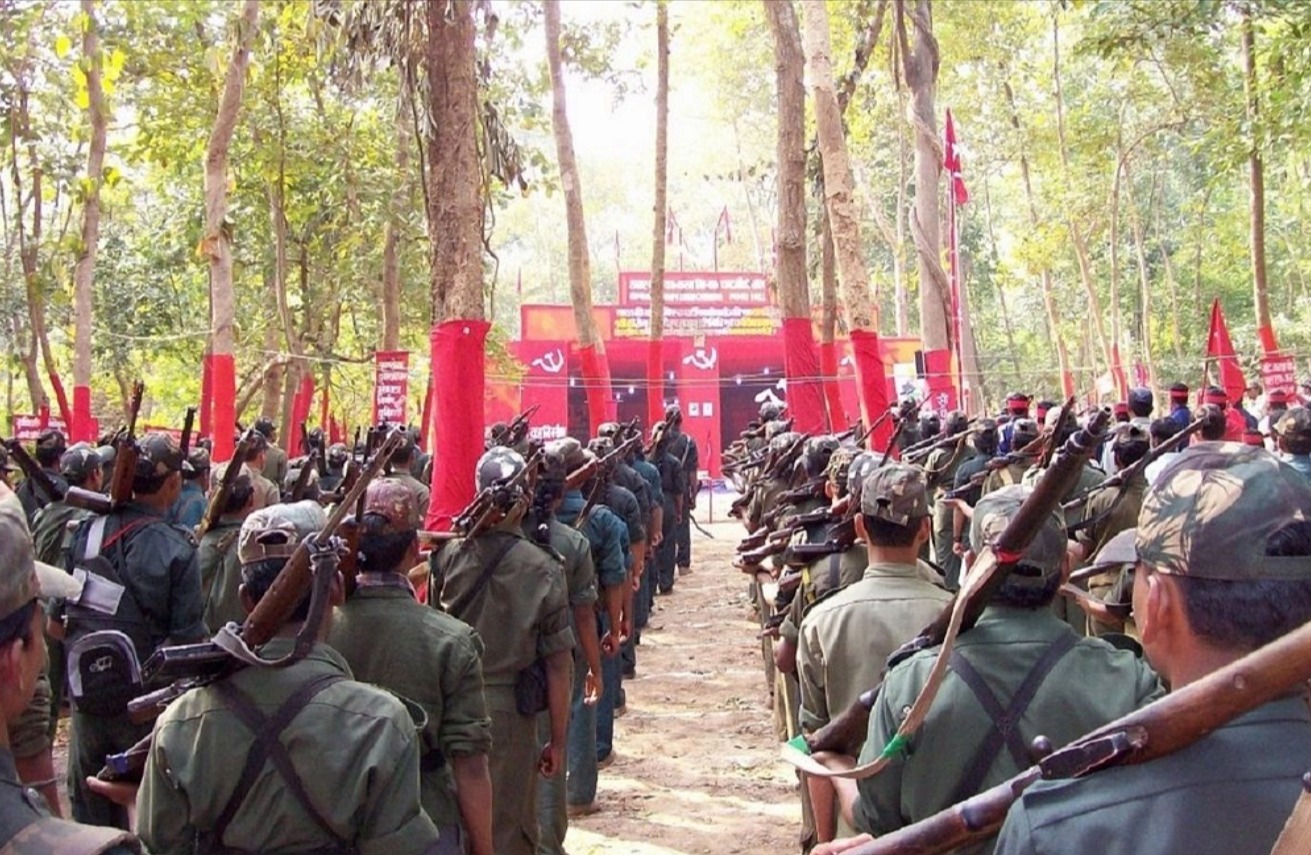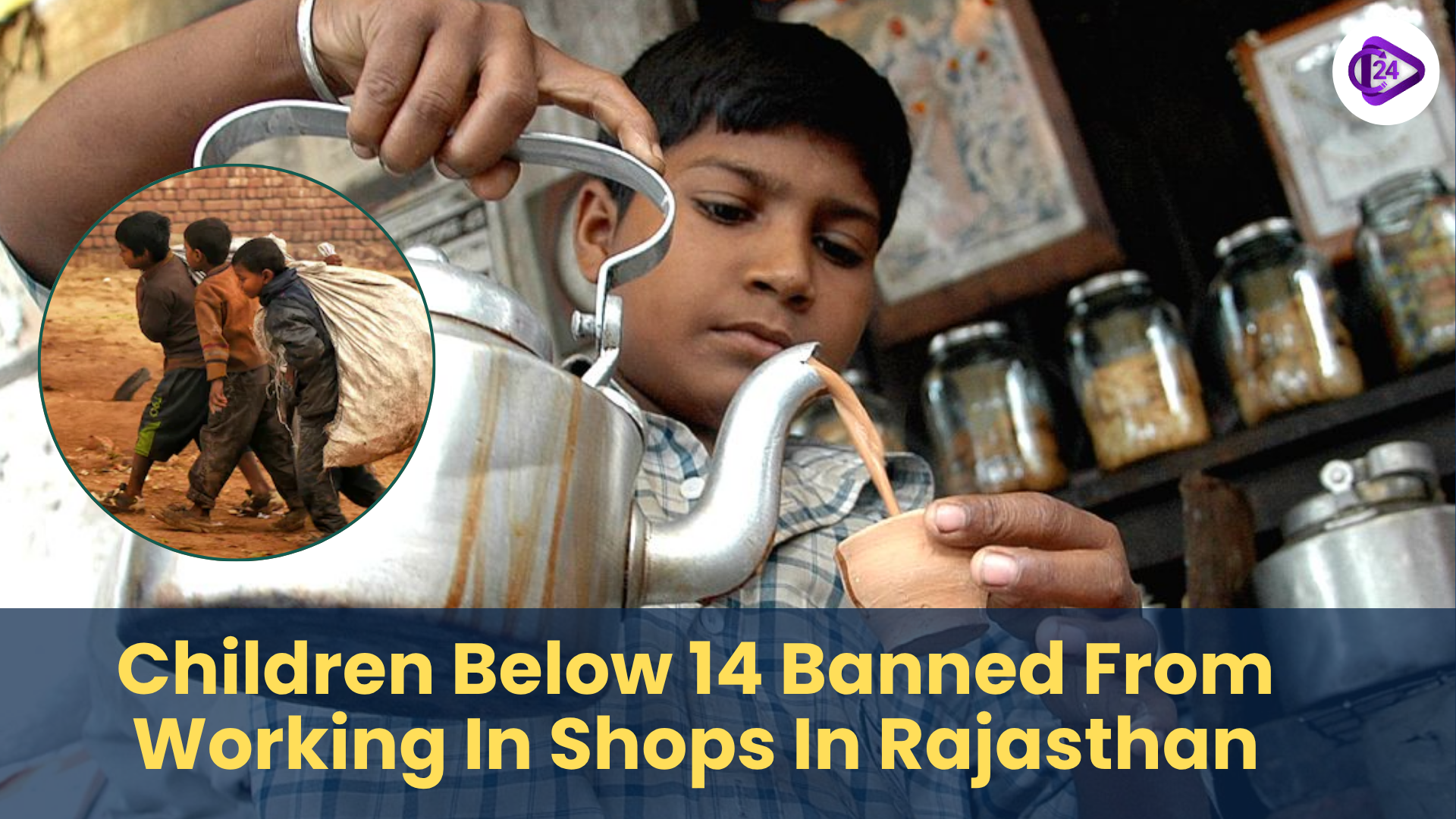
Operation Kagar, as the Union Government launched it in January 2024, functions as a major counterinsurgency program that intends to eliminate Naxal bases throughout India. The operation combines defense security operations with modern surveillance technology, with development programs to fight Left-Wing Extremism (LWE). Operation Kagar conducts its operations across Chhattisgarh, Maharashtra, and Jharkhand through a multifaceted strategy, which achieves substantial successes in removing insurgents while bringing down the territory controlled by Naxal groups.
Context:
-
Operation Kagar features a dual purpose to eliminate Naxal influence inside three essential areas encompassing Bastar (Chhattisgarh) Gadchiroli (Maharashtra) and West Singhbhum (Jharkhand).
-
In January 2024, the Union Government launched Operation Kagar as its major counterinsurgency plan to eliminate Naxal structures in various parts of India.
-
As part of its fundamental approach to manage Left-Wing Extremism and achieve tribal area development the central government believes this initiative is essential.
Key Points:
-
Launch and Objective:
-
Operation Kagar became operational in January 2024 with the main goal to combat increased Naxalism activities in Indian border areas.
-
State control restoration serves as an operation objective with twin objectives of disrupting Naxal activity and protecting tribal communities.
-
-
Personnel Involved: Around 1 Lakh officers from CRPF together with CoBRA (Commando Battalion for Resolute Action) as well as DRG (District Reserve Guard) and STF (Special Task Force) and state police forces operate within India.
-
Modern surveillance tools consisting of drone aircraft along with artificial intelligence platforms and satellite imagery enable monitoring and capture of Naxal armies during operations.
-
Operation Green Hunt focuses its major activities within the regions of Bastar in Chhattisgarh and Gadchiroli in Maharashtra together with West Singhbhum in Jharkhand where Naxal activity remains significant.
-
The operation achieved considerable success as the number of Naxal-affected districts decreased from 106 districts in 2015 to six districts in 2025.
What is Naxalism?
-
Definition: Naxalism represents an aggressive movement of Left-Wing Extremism (LWE) that draws from Maoist concepts to achieve the establishment of a People's Democratic Republic through wanting to topple established state institutions.
-
Origin: The peasant rebellion that launched Naxalism started in 1967 at the Naxalbari village of West Bengal through the efforts of Charu Majumdar and Kanu Sanyal.
-
Ideology: Naxalism adheres to Marxist-Leninist doctrine, which promotes land reform, besides combating exploitation and economic disparities.
-
Objective: The goal of the insurgency headed by the state's opposition was to form a People’s Democratic Republic against the state government through violent rebel action.
-
Affected Regions: These areas have experienced the most Naxalism activity within the Red Corridor that includes states Chhattisgarh, Jharkhand, Odisha, Bihar, and Andhra Pradesh, along with spreading its influence into urban regions.
Evolution of Naxalism in India:
-
1967: The Naxalbari uprising initiated the movement in 1967, during which Charu Majumdar, Kanu Sanyal and Jangal Santhal led the uprising in West Bengal.
-
1975-2004: During 1975-2004, Naxalism split into two dominant factions: PWG in Andhra Pradesh established itself, as did MCCI in Bihar.
-
After 2004, PWG united with MCCI to create the CPI (Maoist) which strengthened the Naxal movement allowing its spread from the Red Corridor to various other Indian regions.
-
Expansion of Red Corridor: The Naxalite movement carried its spread throughout Chhattisgarh and Jharkhand, Odisha and southern states while targeting infrastructure alongside security force personnel.
-
Current Status: The persistence of Naxal violence decreased by 47% between 2015-2020 but continues to affect primarily core Naxal hotspots. Interference remains a challenge in this area.
Types of Naxalism:
-
Rural Naxalism: The main targets of rural Naxal groups are government symbols and infrastructure, as well as security forces who operate within forested and tribal regions.
-
Urban Naxalism: The Maoist ideology has made its way into urban society thus transforming students along with intellectuals and labor members into radical supporters of the movement.
Reasons Behind Naxalism:
-
Economic Imbalance: Unequal distribution of resources, lack of employment, limited education for tribal youth living in remote areas, government exploiting the forest land for mining.
-
Exploitation of tribals: The tribal population faces multiple issues because mining operations combine with deforestation activities, along with the restriction of tribal forest rights.
-
Development Deficit: It exists because remote areas stay without essential infrastructure such as roads, schools, healthcare and clean water access.
-
Governance Deficit: Weak local governance, corruption, and ineffective implementation of welfare schemes.
-
Political Marginalization: Exclusion of Dalits, Adivasis, and landless peasants from political participation and decision-making processes.
Government Initiatives to Counter Naxalism
-
Security operations: The Indian government deploys Central Armed Police Forces (CAPFs) together with anti-Naxal specialized units, including Greyhounds and Bastariya Battalion, for security operations.
-
Development programs: The government implements three key development initiatives known as Road Connectivity Projects and the Aspirational Districts Program combined with the ROSHNI Scheme which focus on improving socioeconomic conditions of Naxal-affected regions.
-
Rehabilitation policies: Surrendered Naxals benefit from rehabilitation policies, which supply them with rehabilitation programming that combines skills education and employment possibilities.
-
Intelligence Strengthening: Consists of two key components namely Multi-Agency Centers (MACs) and UAV surveillance which promotes real-time intelligence exchange.
-
Skill Development: The Pradhan Mantri Kaushal Vikas Yojana (PMKVY) program under Skill Development aims to establish employment prospects for young individuals who inhabit such affected areas.
SAMADHAN STRATEGY (for Countering Naxalism)
-
S – Smart Leadership: Effective and informed leadership at all levels.
-
A - Aggressive Approach: to interrupt Naxalite group actions.
-
M – Motivation and Training: Ensuring the morale and skills of security forces.
-
A- Actionable Intelligence: Duty-focused intelligence efforts to accomplish more specific operational objectives.
-
D – Dashboard-Based KPIs and KRAs: Monitoring performance through key performance indicators.
-
H – Harnessing Technology: Utilizing modern technologies like drones and surveillance tools.
-
A – Action Plan for Each Theatre: Tailored strategies for different regions.
-
N - No Financial Access: Naxals will lose their funding sources by denying them access to money.
Challenges to Counter Naxalism:
-
Terrain complexity: The Naxals use thousands of kilometers of forested terrain to run guerrilla operations which prevents military operations from being successful.
-
Inadequate Coordination: The lack of proper coordination between national security forces as well as between regional states creates operational challenges.
-
Lack of intelligence: Maoist insurgencies struggle because existing intelligence tools are outdated while operational information remains elusive.
-
Social support base: The marginalized tribal communities and farm workers provide complete backing to Naxals because they consider them defenders against exploitative practices.
-
Urban Maoism: The Maoist revolutionary theory penetrates intellectual spaces of urban areas which complicates defensive measures taken against Maoist ideology.
Way Forward to Tackle Naxalism:
-
Holistic development: The whole development approach demands basic infrastructure development including roads alongside educational institutions and healthcare systems and livelihood generation across targeted areas.
-
Better Governance: requires delivering welfare schemes effectively together with honest governmental practices.
-
Community engagement: Tribals should play an active role in decision-making through empowerment and recognition of their forest rights and the establishment of equitable policies.
-
Modernized Security forces: The defense establishment should adopt modern technology while training security forces to achieve operational excellence through better coordination systems.
Conclusion:
India has reached an important strategic point in its counterterrorism operations through Operation Kagar. Military operations that unite state surveillance capabilities and targetted community outreach have produced positive effects in both reducing Naxalism influence and reinstating central government management across vital areas. Operating at success enables the development of lasting peace and sustainable progress for tribal zones and stops resident communities from Maoist exploitation.



 PM Modi to Inaugurate India’s First Digital Tribal Freedom Fighters Museum in Naya Raipur
PM Modi to Inaugurate India’s First Digital Tribal Freedom Fighters Museum in Naya Raipur President Appoints Justice Surya Kant as the 53rd Chief Justice of India
President Appoints Justice Surya Kant as the 53rd Chief Justice of India 150th Birth Anniversary of Sardar Vallabhbhai Patel: India Celebrates National Unity Day 2025
150th Birth Anniversary of Sardar Vallabhbhai Patel: India Celebrates National Unity Day 2025 Ministry of Coal Launches Koyla Shakti Smart Analytics Dashboard
Ministry of Coal Launches Koyla Shakti Smart Analytics Dashboard Droupadi Murmu Becomes First Indian President to Fly in Rafale
Droupadi Murmu Becomes First Indian President to Fly in Rafale Rajasthan Bans Employment of Children Below 14 in Shops and Commercial Establishments
Rajasthan Bans Employment of Children Below 14 in Shops and Commercial Establishments India's First Glass Suspension Bridge, Bajrang Setu, Will Redefine Rishikesh Tourism by 2025
India's First Glass Suspension Bridge, Bajrang Setu, Will Redefine Rishikesh Tourism by 2025 NITI Aayog’s ‘We Rise’ Empowers Women Entrepreneurs
NITI Aayog’s ‘We Rise’ Empowers Women Entrepreneurs Harsh Sanghavi Appointed Gujarat Deputy Chief Minister in Major Cabinet Reshuffle
Harsh Sanghavi Appointed Gujarat Deputy Chief Minister in Major Cabinet Reshuffle India Ranks 102nd in Global Hunger Index 2025: Hunger Remains a Serious Challenge
India Ranks 102nd in Global Hunger Index 2025: Hunger Remains a Serious Challenge






